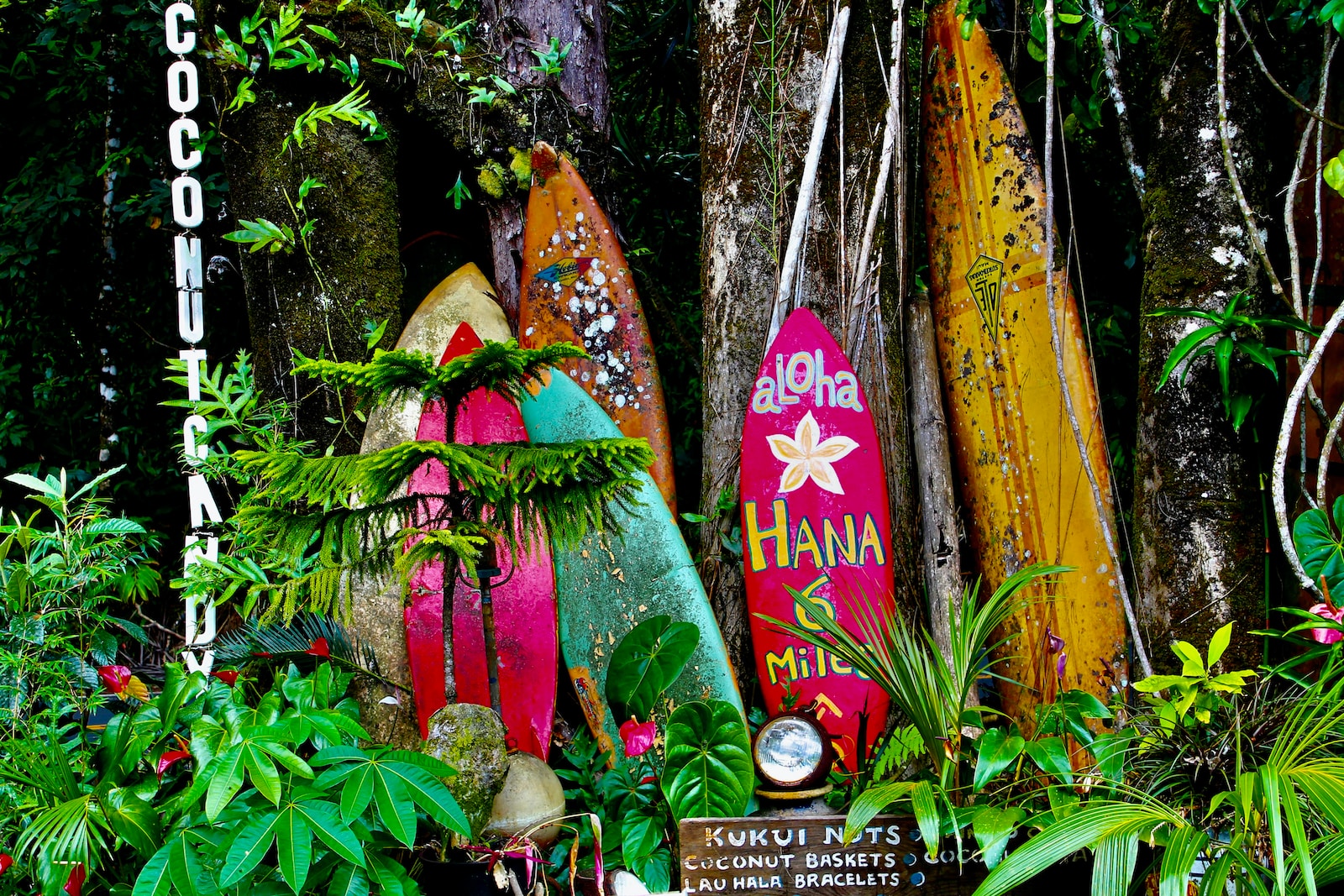And old local saying “Maui no ka oi” — now interpreted as “Maui is the best”
Maui is called the Valley Isle because of the flat isthmus in Central Maui that sits between two volcanoes, one dormant and one extinct, often shrouded in clouds. Maui has more than 80 beaches, and many are wide and alluring crescents. None of the other Hawaiian islands comes close in total miles of sandy shore, but it may be an issue of quantity over quality.
Few visitors miss watching the sunset over the neighboring islands, but the vast majority overlook a more glorious asset: the largely unspoiled eastern half of Maui, including Upcountry, Haleakala, and Hana and beyond. On the slopes of Haleakala, farmers grow exotic proteas, luscious sweet onions, guavas, avocados, and potatoes that are made into famous chips. Visitors watch the sunrise on Haleakala and then bike down it, hike inside it, horseback ride through it, and camp in it.
Girdling the mountain along the eastern coast, a narrow road to Hana twists around sheer rock walls splashing with waterfalls and spans gorges overflowing with tropical vegetation. The spectacular drive brings you to the native settlement of Hana, one of the most remote, picturesque spots in the state. Period.
Most visitors hug the western shores (whether in West Maui or East Maui). They have come to Maui because it’s famous, to be a part of the action, and to relish the stimulation of popular resorts. The East and the West seldom meet on the island, but they both thrive in their separate, indomitable ways. — Kim Grant

